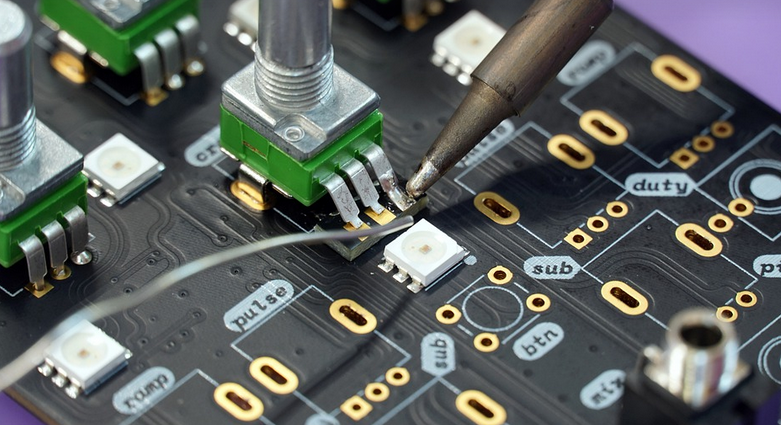Understanding Your Filler Rods
Oxy-acetylene welding is a tried and true method of joining metals, offering high precision and versatility. This process relies on an oxy-fuel flame to melt the base metal together with a filler rod, creating a strong and lasting bond. But just like any tool in your workshop, understanding your tools – specifically, the filler rods – is key for success.
Filler rods are the unsung heroes of oxy-acetylene welding. They’re essentially alloyed metals designed to bridge the gap between two pieces of metal being joined. Think of them as tiny bridges that melt seamlessly with the base metal, filling in any spaces and creating a strong, continuous weld.
To use these fine connectors effectively, you need to know precisely what kind of filler rod is best for your job. Choosing the right one requires considering both the metals involved in the welding and the desired outcome.
For instance, when welding ferrous materials like steel or iron, you’ll likely need a specific type of filler rod. These rods are typically classified as “high-alloy” or “basic.” High-alloy rods offer enhanced resistance to heat and corrosion, making them suitable for demanding applications like automotive repair or industrial fabrication. Basic alloy rods are more economical for routine tasks where general strength is sufficient.
Why Filler Rods Matter: A Deeper Dive
Choosing the right filler rod isn’t just about cost-efficiency; it also affects the weld quality and longevity of your finished product.
For instance, if you are welding steel with higher carbon content (like carbon steel), you may need a filler rod that aligns with the specific composition of the base metal. This ensures compatibility, leading to a stronger bond and smoother transition between weld pool and base metal.
Choosing the wrong filler rod can lead to weakened welds or even incomplete fusion. This could compromise your project’s structural integrity or lead to premature failure.
A World of Filler Rods: What are the Different Types?
The world of welding rods is full of different materials, each with its unique properties and applications.
Let’s dive into some common types of filler rods:
- **Steel Filler Rods:** A workhorse for steel welding, these rods offer excellent fusion and are suitable for many projects. They are commonly used in construction, automotive repair, and industrial fabrication.
- **Stainless Steel Filler Rods:** These rods, available in various compositions like 304 or 316 stainless steel, are ideal for welding stainless steel alloys. They provide corrosion resistance and are suitable for projects requiring high-strength and durability.
- **Copper Filler Rods:** These rods are used for welding copper alloys. They offer excellent thermal conductivity and electrical properties making them useful in applications like plumbing and electrical wiring.
Beyond the Basics: Key Considerations
Choosing the right filler rod goes beyond just knowing what type of metal it is made of. There are other factors to consider before you commit to a specific rod.
**Application:** What project are you tackling? Are you welding thin gauge sheets for a delicate piece or thick steel plates for structural support?
**Weld Position**: Do you plan on welding overhead, in the horizontal plane, or laying down the weld on a vertical surface? The position can affect your rod choice, as some rods are designed for specific welding positions.
**Welding Speed and Heat Input**: How fast your weld needs to be applied can affect your rod selection. Some rods melt faster than others, influencing the overall speed and efficiency of the process.
The Importance of Practice
Mastering oxy-acetylene welding with filler rods often requires a lot of practice and experience. Just like any skill, it takes time and effort to become comfortable with choosing the right rod for your needs.
Experiment with different rods to see how they perform in various conditions. Pay attention to weld penetration, bead appearance, and overall quality when you try different options.
Don’t be afraid to ask experienced welders or take a welding course if you’re new to the field. Learning from others can save time and frustration, especially as you begin your welding journey.
